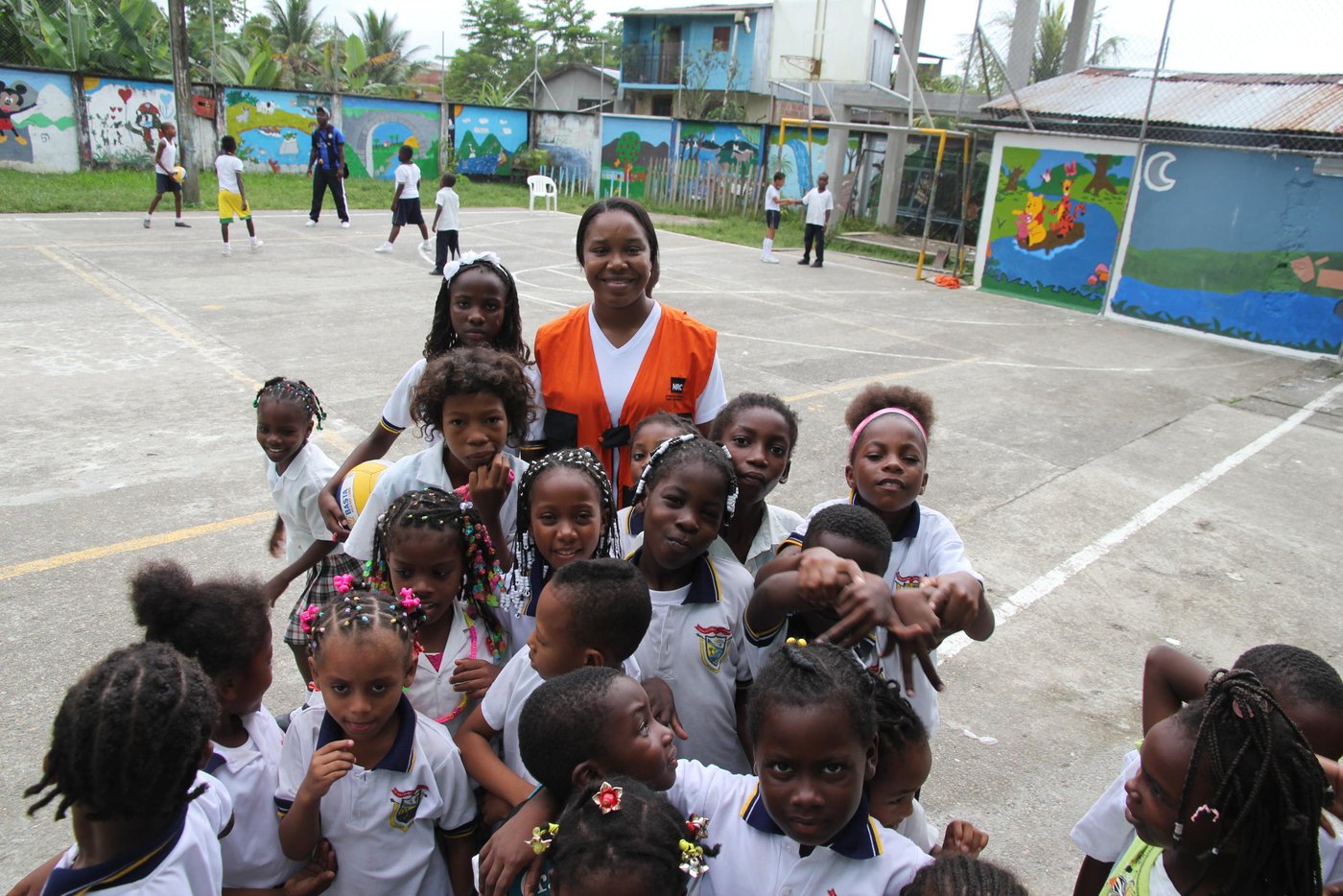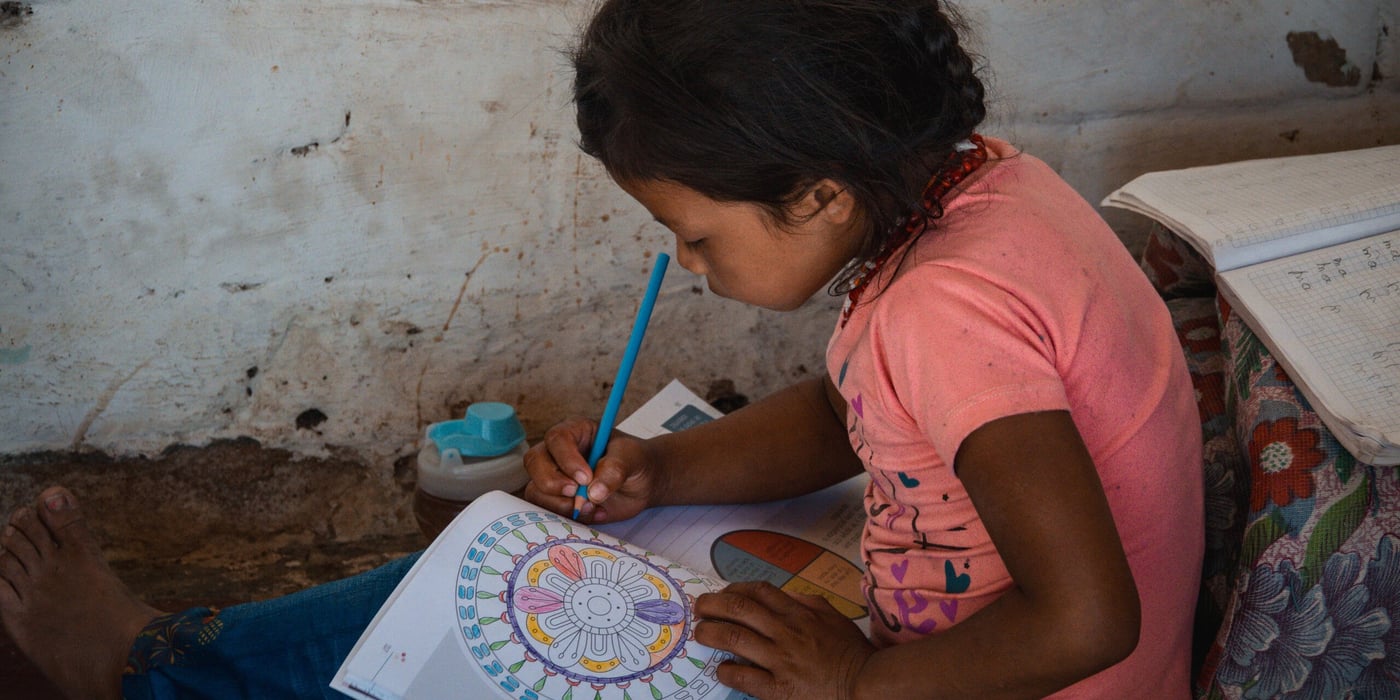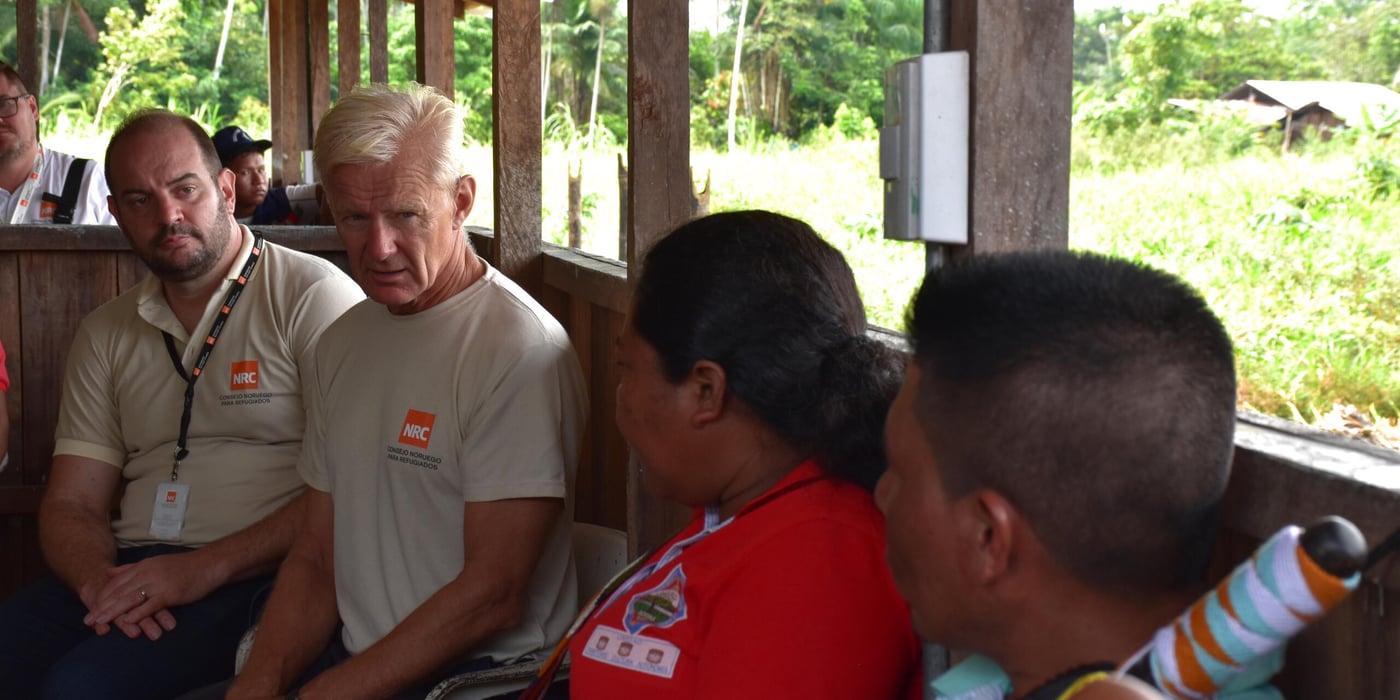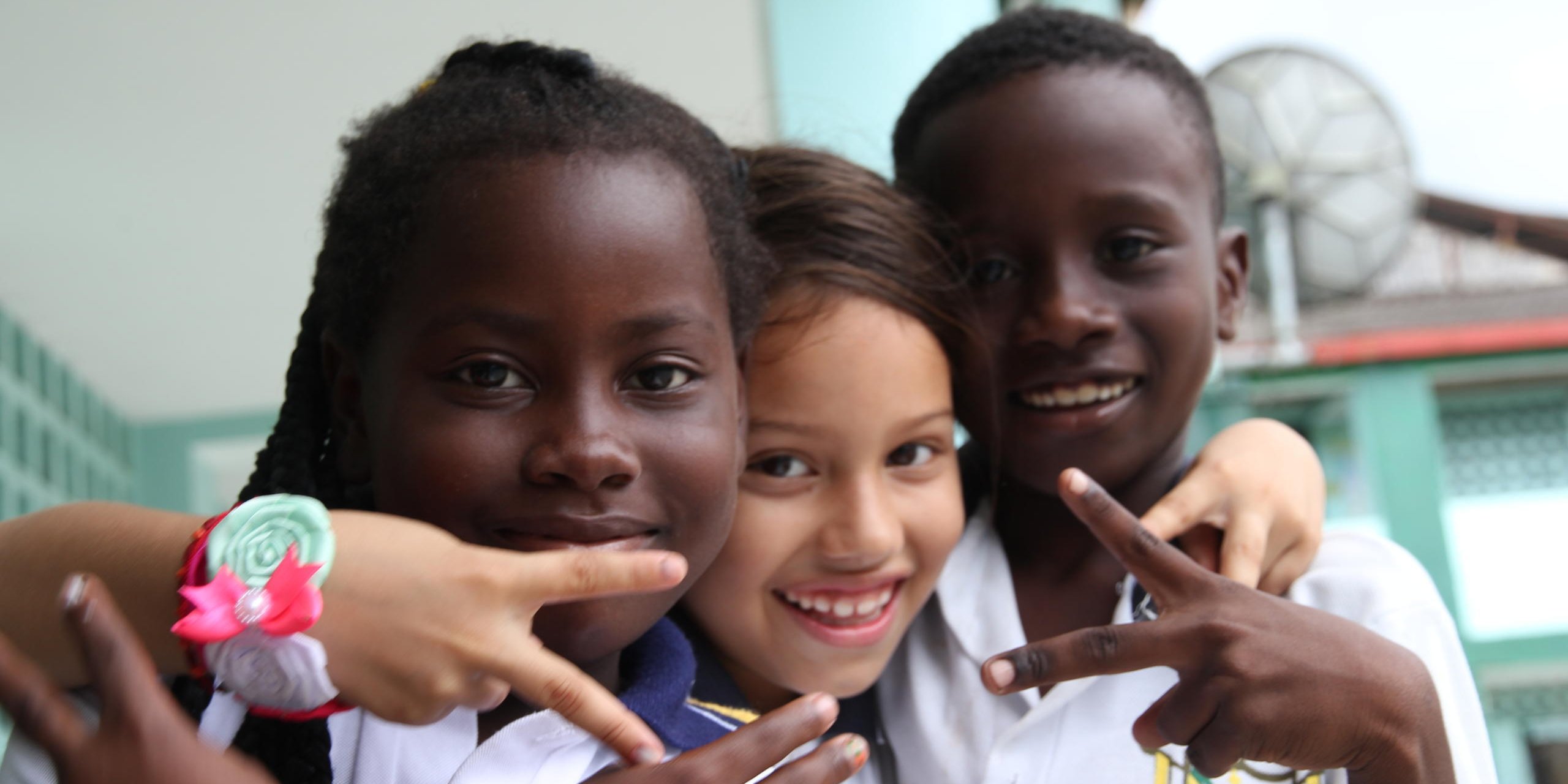
In Colombia’s rural areas, the armed conflict has prevented children and youth from attending school, according to a new report by the Norwegian Centre for Conflict Resolution (NOREF) and the Norwegian Refugee Council (NRC).
“Getting these children back to school will be key to secure peace and stabilisation in Colombia,” said NRC’s country director in Colombia, Christian Visnes.
For briefing note in English, click here.
War prevents education
When Colombia’s president Juan Manuel Santos receives the Nobel Peace Prize on 10 December, he receives it on behalf of the entire Colombian population, including all out-of-school children.
“The peace agreement between the Government of Colombia and the FARC-EP represents a historic opportunity for the 8.2 million victims of the armed conflict. Implementation of the agreement will create a unique possibility for rural children and youth to finally overcome the crisis of forced displacement and be able to return to school”, said senior advisor at NOREF, Mabel Gonzales.
Colombia’s rural areas include 60 per cent of its municipalities and 30 per cent of the national population. In these areas, two in ten children do not go to school, according to the report. Half of those who do attend school do not continue beyond primary level.
“I have met too many children and youth that have not been in school for years due to conflict. I am talking about a whole generation that is in desperate need of a peaceful future with better opportunities,” said Visnes.
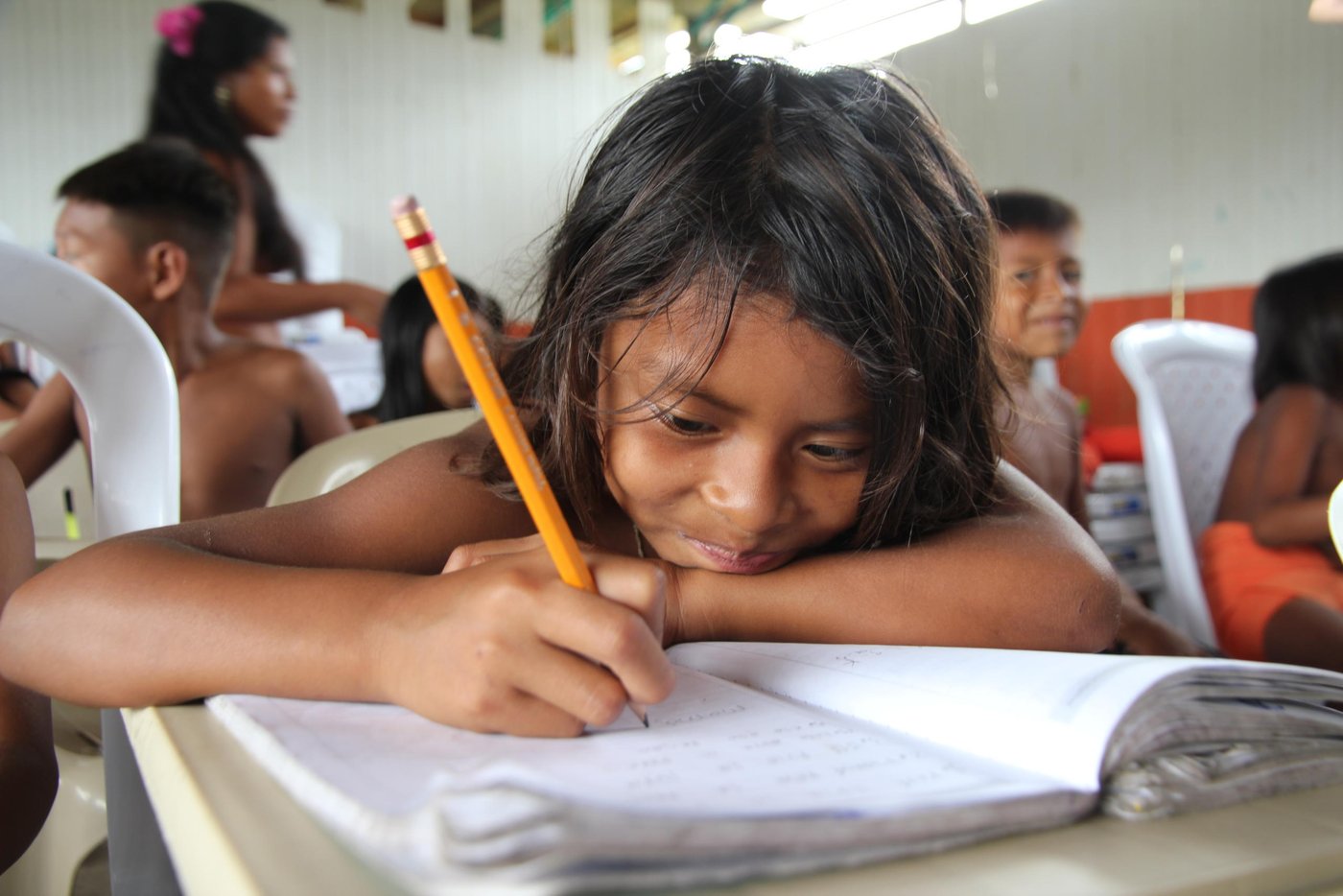
Forced displacement and poverty
In the Colombian districts, large parts of the population have been forced to flee their homes because of violence. In addition, abruptions in the school year, poverty, long distances between schools and homes and lack of teachers are among the main reasons why children and youth in these areas do not attend school.
“We are witnessing the need of a massive collective effort to provide safe education in rural areas which are still affected by violence. Schools are still in danger; the Colombian government should endorse the international safe school declaration and demonstrate commitment to implement concrete measures to protect schools from attacks,” said Visnes.
Historically, the rural areas have been those most affected by the conflict. In the most affected municipalities, such as Nariño, Cauca and Norte de Santander, more than 35,000 children to not attend school.
Easy targets
Children who are not going to school are easy targets for non-state armed groups, and there is a correlation between low educational levels and involvement these groups.
Eighty percent of the displaced population lives in conditions of poverty. A study shows that 57 percent of the children and youth recruited by armed groups, came from poor families who have been displaced multiple times by armed violence. Eight in ten children and youth say they have received threats from an armed group to re-join. One in ten say they might possibly return to an armed group.
Although there has been a political will in recent years to improve education in Colombia, the rural areas have been neglected. The public expenditure on education was 4,6 per cent of GDP in 2014. Of that, only the equivalent to 0.5 percent of the GDP reached the rural areas.
“The Government can and must do more. It should be possible to obtain a grand pact for rural education. Children victims in Colombia do not have time to wait any longer to access quality education,” said Visnes, and added:
“The agreement is a tremendous achievement and brings much needed hope to the next generation of Colombians. But there is still a long way to go – and if Colombia is to achieve lasting peace it is crucial that children and youth in rural areas are provided with better opportunities.”
